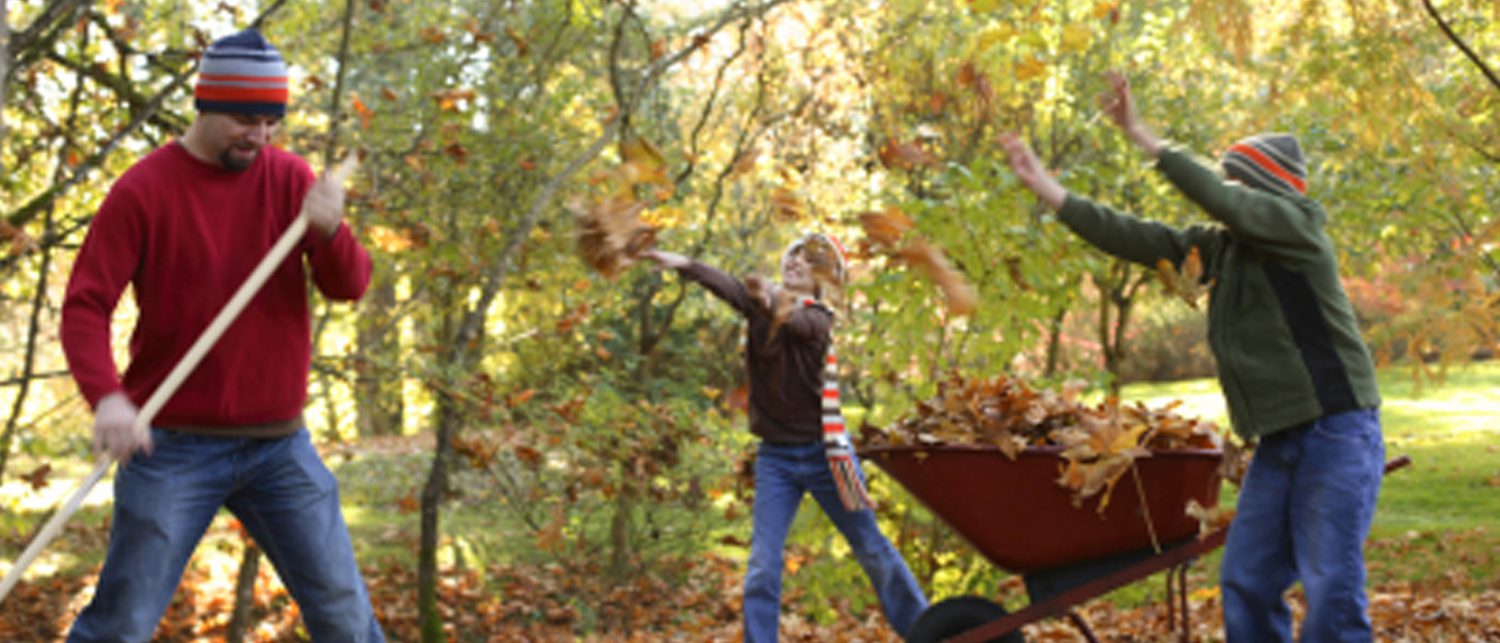Science fair season has become increasingly more competitive. This is because the stakes at these events are no longer limited to ribbons and plaques. There are big money rewards to be won and chances to impress college entrance boards as well. All of these factors make it necessary for students to gain every advantage that they can. One way to gain an advantage is to utilize a science fair kit as the raw materials for a project.
Find A Science Kit with Parts and Tools
The first tip to use when choosing kids science fair kits is to select a kit that comes with parts and tools, as opposed to a completely assembled project. This option will give students the chance to both complete the experiments that are outlined in the kit and to create their own projects and experiments using the parts. These are the only kits that will be acceptable at science fairs.

Select Age Appropriate Kits
It is important to select a kid’s science fair kit that is age appropriate for your young scientist. Young kids will need project kits that do not have small parts that could pose a choking hazard, and older students will need kits that will challenge their minds. Also age appropriateness is important for providing students with the raw materials needed to complete a project that will do well at a science fair.
One That Follows the Scientific Method
If your student will be using the kids’ science fair kits in their science fair project then you will need to select one that follows the scientific method. This will help your child to learn how to complete the scientific method as well as ensure that their final project will be appropriate for a science fair.
Multiple Projects Possible
To give your student the most options for their own science fair projects you will want to select a science fair kit that is designed for the completion of several different experiments. This will ensure that there are enough raw materials left over after the student completes the sample project to complete their own experiments.
Safety Issues
Safety is an issue that you need to think about when purchasing a science fair kit. This is why it is important to look at who manufactured the kit and where it was manufactured.
Safety Supplies
One sign that a science kit is a quality product is that it comes with safety equipment. Safety equipment like goggles, gloves and face masks are common safety equipment.
Topics Impact Science Fair Score
If your student wants to win a science fair, then they will need to create a project that is interesting and that is focused on a topic that is important to today’s scientists. This means that you will need to select a science kit that has a topic that fits these criteria.
Shelf Life
When shopping for a science fair kit you will want to look at when the kit was packaged. Some ingredients will have a shelf life. If a package looks faded or tampered with select another box or kit.
Ordering Extra Supplies
Selecting a science kit that has been manufactured by a reputable company is a good idea. Usually these companies will allow parents to place order for refill kits or to purchase extra tools and supplies directly from the company.
Fun Project Kits
The final tip is to select a science kit that looks like it is going to be fun. If the kit looks dull then your scientist is not going to want to play with the kit and if they do use the kit to develop a science fair project then their project will most likely also be boring.
Featured images:
 License: Royalty Free or iStock source: http://office.microsoft.com/en-us/images/results.aspx?qu=experiment&ex=1#ai:MP900399789|mt:2|
License: Royalty Free or iStock source: http://office.microsoft.com/en-us/images/results.aspx?qu=experiment&ex=1#ai:MP900399789|mt:2|
When helping your child to choose a science fair kit what is most important is that the child chooses what is of interest to him/her.

